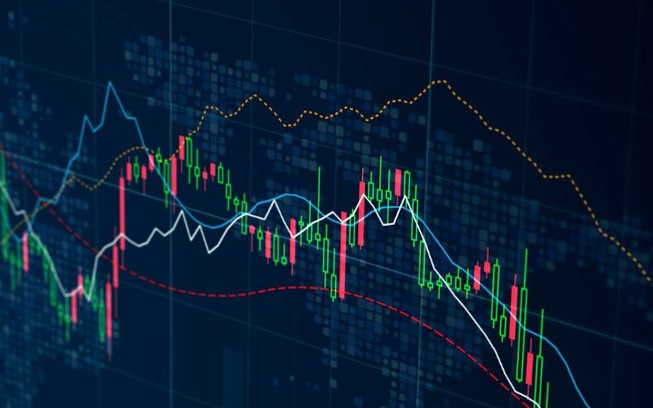Zahraniční Online Casina Vše, co potřebujete vědět 1296863344
October 27, 2025Mekân Adresleri 2025: Çok Mükemmel ve Güvenceli Online Şans merkezi Kaynağı
October 27, 2025
Understanding Forex Trading: Strategies, Risks, and Opportunities
Forex trading, or foreign exchange trading, is the process of buying and selling currencies on the foreign exchange market. It is one of the largest financial markets globally, with a daily trading volume of over $6 trillion. Forex trading can be appealing due to its potential profitability, high liquidity, and the ability to trade 24 hours a day. In this article, we’ll dive deep into the core components of Forex trading, including strategies, risks, and how to navigate the market successfully. Additionally, you can find more resources with trading forex Trading Broker ID.
What is Forex Trading?
Forex trading involves trading currency pairs, which consist of a base currency and a quote currency. For instance, in the pair EUR/USD, the Euro is the base currency, and the US dollar is the quote currency. Traders speculate on the price movements of these currencies in relation to each other. When you believe the base currency will strengthen against the quote currency, you can buy the pair. Conversely, if you think the base currency will weaken, you can sell the pair.
The Mechanics of Forex Trading
The Forex market operates through a network of banks, brokers, and financial institutions. Traders access the market through brokers, who provide platforms to trade, set prices, and execute trades. Key concepts related to Forex trading include:
- Leverage: Forex trading typically involves the use of leverage, allowing traders to control larger positions with a smaller amount of capital.
- Spread: This is the difference between the buying and selling prices of a currency pair, which represents the broker’s profit margin.
- Lot Size: Forex trades are executed in specific amounts known as lots. A standard lot represents 100,000 units of the base currency.
Strategies for Successful Forex Trading
Forex trading strategies can vary widely based on individual goals, risk tolerance, and market conditions. Here are some popular strategies you might consider:
1. Scalping
Scalping involves making numerous trades throughout the day to capture small price movements. Traders who use this strategy typically hold positions for a few seconds to a few minutes and aim for high-volume, small-profit trades.
2. Day Trading
Day trading entails opening and closing trades within the same day. Day traders do not hold their positions overnight to avoid the risks associated with carryover, focusing on capturing intraday price movements.

3. Swing Trading
Swing trading involves holding positions for several days or weeks to capture larger price movements. This strategy is suitable for traders who cannot monitor the market continuously and look for intermediate-term trends.
4. Trend Following
Trend following strategies involve identifying and trading in the direction of established trends. Traders can use technical indicators to determine the trend’s strength and entry and exit points.
Understanding Risks in Forex Trading
Forex trading is not without risks. It’s essential to be aware of several factors that can impact your trading results, including:
- Market Risk: The potential for loss due to adverse price movements in the market.
- Leverage Risk: While leverage can amplify profits, it can also magnify losses, leading to significant financial risk.
- Liquidity Risk: Although the Forex market is highly liquid, there can be times when significant news events or economic announcements can lead to rapid price movements and reduced liquidity.
Tips for New Forex Traders
As a new Forex trader, consider the following tips to enhance your trading experience:
- Start with a Demo Account: Most brokers offer demo accounts that allow you to practice trading without risking real money.
- Educate Yourself: Invest time in learning technical and fundamental analysis. Understanding market factors is crucial for making informed decisions.
- Develop a Trading Plan: Outline your trading objectives, risk management strategies, and preferred trading styles.
- Manage Your Emotions: Trading can evoke strong emotions. Stick to your trading plan and avoid impulsive decisions based on fear or greed.
The Role of Technology in Forex Trading
In today’s fast-paced trading environment, technology plays a critical role in Forex trading. Platforms like MetaTrader 4 and MetaTrader 5 provide traders with advanced charting tools, automated trading capabilities, and real-time market data. Moreover, algorithmic trading and artificial intelligence are becoming increasingly common, allowing traders to leverage sophisticated algorithms to execute trades more efficiently.
Conclusion
Forex trading presents both significant opportunities and risks for traders worldwide. By understanding the mechanics of Forex, developing sound strategies, and employing robust risk management techniques, traders can navigate the currency market more effectively. Ultimately, continuous education and adaptation to market conditions are vital for long-term success in Forex trading.
